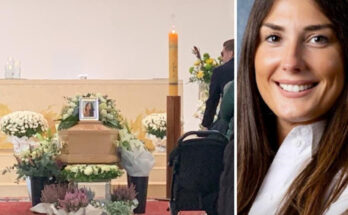What was initially thought to be a Bavarian cemetery is now apparently much older – and occupies one of the cemeteries migration hundreds of years ago. Archaeologists from the Bavarian State Office for the Preservation of Monuments (BLfD) have discovered surprising evidence of early migration movements during investigations at Bad Füssing in the Passau district.
The cemetery with around 90 graves, discovered in 2021, was originally thought to date to the 6th and 7th centuries AD and thus to the Bavarian period. The richly decorated grave of a woman – the so-called “Bavarian princess” – is particularly eye-catching.
The “princess” rich grave is not everything
But new radiocarbon analysis of 16 graves now shows: The burials were founded around the middle of the 5th century AD. used – about 120 years before the burial of the rich “daughter”. And at the time the region in Inn was probably still under Roman rule and the Bavarians were not yet mentioned in the sources.
The researchers concluded: By the end of Roman times, migration was already occurring in the area along the Inn. Even before Bavarians settled here, other non-Roman ethnic groups lived in the present-day border region and buried their dead here.
Light into the darkness of the turbulent times of centuries past
“While the princess’s tomb items are spectacular, such as gold dress clasps, pearl jewelry and ivory rings, some of the older graves are even more important for science,” said BLfD general curator Mathias Pfeil. “So far, little is known about the period between the withdrawal of Roman troops from the region and the beginning of the Middle Ages. Now, get over that archeology “We are gradually shining a light on the darkness and we are increasingly understanding how the history of the Inn settlement developed during this time of upheaval.”
© dpa-infocom, dpa:251110-930-274916/1



